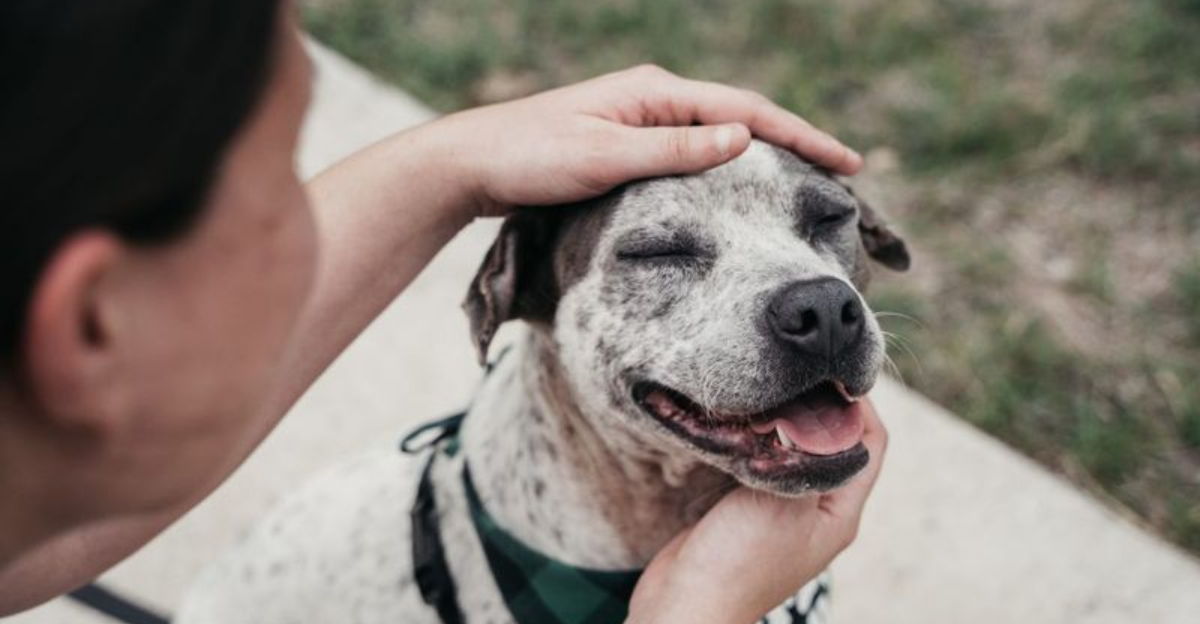15 Tips For Fostering Pets In Need – From Dogs To Small Critters

Opening your home to foster animals is a rewarding way to help creatures in need without a lifelong commitment. These temporary arrangements save lives by freeing up shelter space and preparing animals for their forever homes.
Whether you’re considering fostering a playful puppy, a shy cat, or even a pocket-sized hamster, these tips will help you create a positive experience for both you and your temporary furry friend.
1. Prepare Your Space Before Arrival

Creating a safe zone helps your foster pet adjust gradually. Remove hazards like toxic plants, loose wires, and small choking hazards.
For smaller animals, ensure escape routes are blocked – they can squeeze through surprisingly tiny gaps! A well-prepared space reduces stress for everyone involved.
2. Stock Up On Species-Specific Supplies

Different critters need specialized gear! Reptiles require heat lamps and proper enclosures, while rabbits need hay racks and chew toys.
Dogs might need crates and leashes, cats need litter boxes and scratching posts. Research your foster pet’s specific needs before they arrive to avoid last-minute shopping trips.
3. Create A Consistent Routine

Animals thrive when they know what to expect. Feeding, walking, and playtime should happen at roughly the same hours each day.
This predictability helps anxious fosters settle in faster and builds trust. Even small animals like guinea pigs appreciate the security of knowing when fresh veggies will appear!
4. Learn Basic Health Monitoring

Spotting health changes early can save lives! Watch for shifts in eating habits, unusual breathing, or changes in bathroom habits.
Each species shows distress differently – rabbits may grind teeth when in pain, while dogs might become unusually quiet. Ask your rescue organization about specific warning signs to watch for in your foster pet.
5. Master Stress-Reduction Techniques

Rescued animals often carry emotional baggage from past experiences. Quiet music can soothe anxious dogs, while hiding spots comfort fearful cats.
For small prey animals like guinea pigs, partial cage covers create security. Patience is key – let your foster set the pace for interaction and never force handling.
6. Document Everything With Photos And Notes

Playing pet detective helps future adopters! Record quirky habits, food preferences, and behavior patterns as you discover them.
Take weekly photos showing physical changes or healing progress. These details help match animals with perfect forever homes and provide continuity of care when they leave your home.
7. Network Your Foster Pet For Adoption

Social media superpowers can find forever homes faster! Capture your foster’s personality in action shots and heartwarming videos.
Share these gems on your accounts with the rescue group’s contact info. Real-life stories about your foster’s progress or silly antics create emotional connections that formal shelter listings often miss.
8. Understand Species-Specific Body Language

Animals speak without words! A wagging dog tail usually signals happiness, while a thumping rabbit foot indicates fear or anger.
Hamsters standing on hind legs are often curious, not aggressive. Learning these silent signals prevents misunderstandings and builds trust. Your rescue organization can provide species-specific guides to decode these messages.
9. Practice Positive Reinforcement Training

Treats unlock amazing progress! Even traumatized animals respond to reward-based methods that build confidence rather than fear.
Clicker training works for surprising species – not just dogs, but rabbits, rats, and even some birds. Consistent, gentle training makes your foster more adoptable and eases their transition to permanent homes.
10. Build A Support Network

Fostering shouldn’t be a solo mission! Connect with experienced foster parents through social media groups or your rescue organization.
They’ll offer advice during 2 AM emergencies or emotional moments. Having backup caregivers for when you need a break prevents burnout and ensures you can continue helping animals long-term.
11. Prepare For The Unexpected Expenses

Mystery medical needs sometimes appear! While rescue groups typically cover veterinary costs, unexpected supplies or emergency items might fall to you.
Keep a small fund for immediate needs before reimbursement. Some foster parents discover their pet insurance covers temporary animals – worth checking your policy before fostering begins!
12. Manage Introductions With Resident Pets Carefully

First impressions matter in the animal kingdom! Neutral territory meetings prevent territorial reactions when introducing dogs.
For cats, scent-swapping items before visual contact reduces shock. Small animals may never safely interact with other species, requiring separate spaces. Always supervise early interactions regardless of how well things seem to be going.
13. Enrich Daily Life With Appropriate Stimulation

Boredom breeds behavior problems! Puzzle feeders challenge intelligent dogs, while cardboard castles delight cats and rabbits.
Even fish benefit from environment changes and new objects to explore. Mental stimulation heals psychological wounds from neglect and prepares animals for the variety they’ll experience in permanent homes.
14. Prepare Your Heart For Goodbye

Temporary is the whole point, but saying farewell hurts! Create adoption day rituals like taking final photos or writing a care letter to the new family.
Remember that successful goodbyes mean you’ve done your job perfectly. Many foster parents ease the transition by having their next foster already lined up.
15. Celebrate Small Victories Along The Way

Progress often comes in tiny packages! The first purr from a frightened cat or a formerly abused dog accepting a gentle pet deserves celebration.
Keep a journal of these moments for tough days. These small wins remind you why fostering matters and provide valuable information for potential adopters about how far the animal has come.






